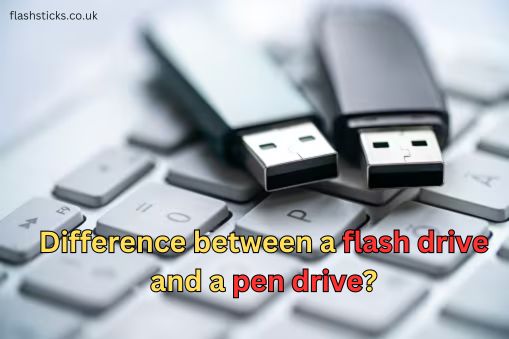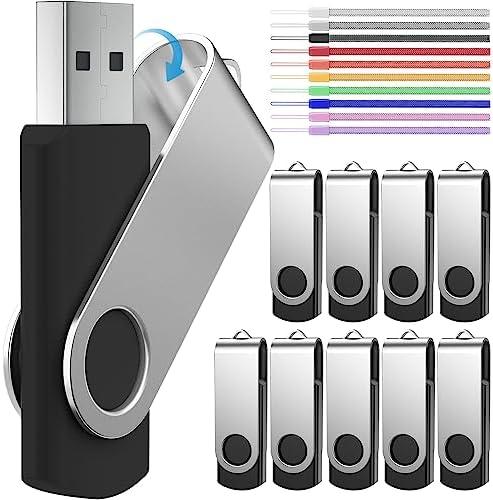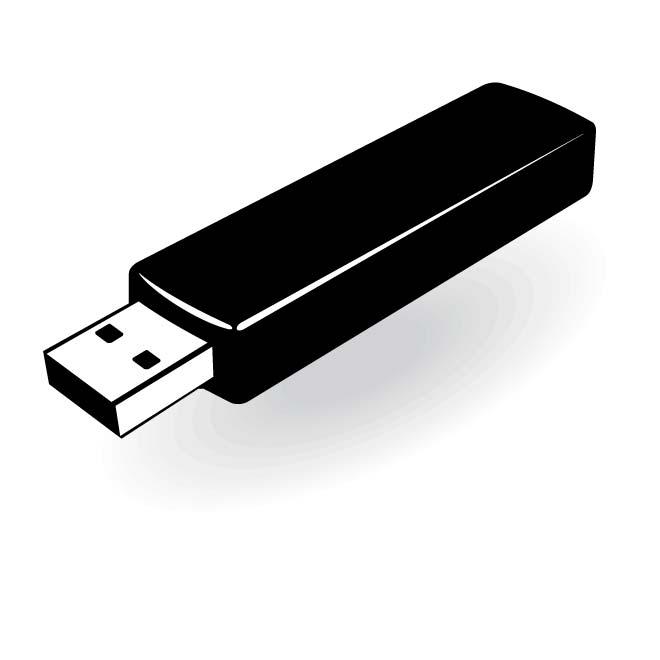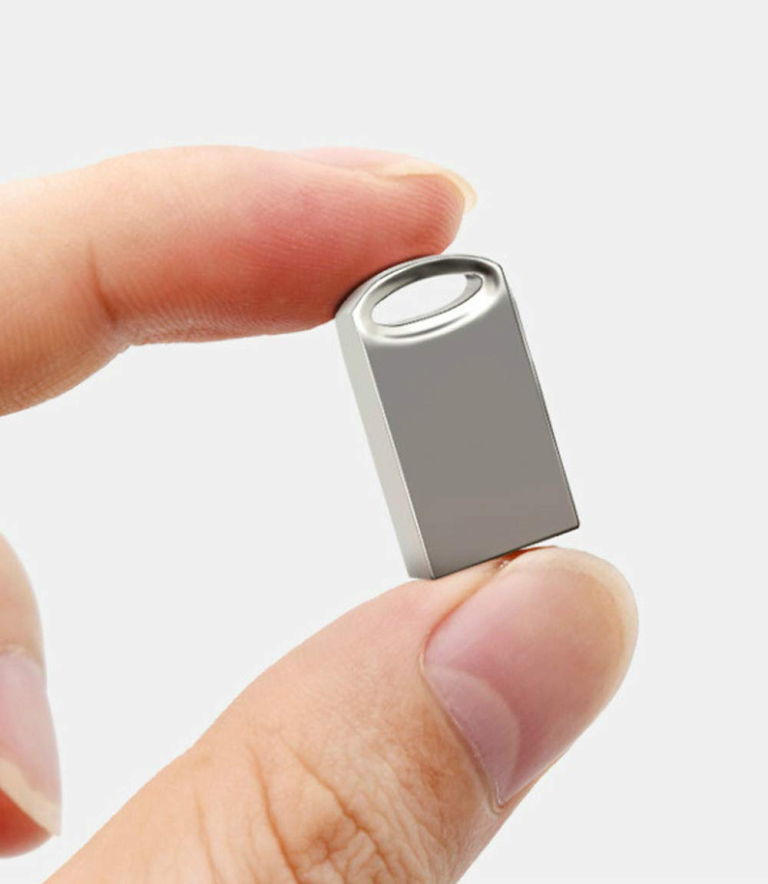What is the difference between a flash drive and a pen drive?
Introduction
With the rise of technology and digital storage, terms like “flash drive” and ”pen drive” have become part of our everyday vocabulary. A flash drive and a pen drive are used by students, professionals, and casual users alike. However, there’s often confusion surrounding these terms. Are they the same? Or do they have different functionalities? This article aims to clarify the difference between flash drives and pen drives, providing you with valuable insights to choose the right device for your needs.
Understanding Flash Drives
Flash drives, also known as USB flash drives, are portable storage devices that use flash memory to store data. They are connected to computers and other devices via a USB port. Flash drives have become popular due to their compact size, reliability, and ease of use.
Key Features of Flash Drives
- Non-volatile memory: retains data even when not powered.
- High data transfer speed.
- Durable and long-lasting.
- Available in various storage capacities ranging from a few megabytes to several terabytes.
- Widely compatible with different operating systems and devices.
Understanding Pen Drives
Pen drives are, in essence, another name for flash drives. The term “pen drive” was popularized by some manufacturers and has since been used interchangeably with flash drives. They serve the same purpose and have similar functionalities, making them identical in many aspects.
Key Features of Pen Drives
- Non-volatile flash memory.
- Fast data transfer rates.
- Compact and portable design.
- Available in multiple storage capacities.
- Robust and durable.
Comparison of Flash Drives and Pen Drives
To better understand the similarities and minor differences between a flash drive and a pen drive, let’s summarize the key points in the table below:
| Aspect | Flash Drive | Pen Drive |
|---|---|---|
| Naming | Common term used globally | Brand-specific term |
| Functionality | Data storage and transfer | Data storage and transfer |
| Memory Type | Non-volatile flash memory | Non-volatile flash memory |
| Use Cases | Wide range of uses from personal to professional | Wide range of uses from personal to professional |
| Capacity | Varies from MBs to TBs | Varies from MBs to TBs |
Benefits of Using Flash Drives and Pen Drives
Portability
Both flash drives and pen drives are extremely portable due to their small size. This makes them convenient for carrying important data on the go.
Durability
Designed to be robust, these drives can withstand a fair amount of physical stress, making them reliable for everyday use.
Ease of Use
No technical expertise is required to use flash or pen drives. Simply plug them into a USB port, and they are ready for use.
Cost-Effective
They are relatively cheap compared to other storage solutions, like external hard drives or cloud storage subscriptions, providing great value for money.
Practical Tips for Using a flash drive and a pen drive
Back-Up Regularly
Always back up your data to avoid data loss due to accidental deletion or device failure.
Label Your Drives
If you use multiple drives, label them to easily identify the data each one holds.
Keep Them Clean
Store your drives in a clean, dry place and avoid exposing them to extreme temperatures or moisture.
Use Encryption
To protect sensitive information, use encryption software that ensures only you can access the data on your drive.
Conclusion
The terms “flash drive” and “pen drive” can be used interchangeably, as both refer to portable USB storage devices that utilize flash memory. A flash drive and a pen drive share the same functionalities, benefits, and use cases. Understanding their characteristics can help you choose the right type of portable storage solution for your specific needs. Whether you call it a flash drive or a pen drive, these versatile devices continue to be indispensable tools in our digital world.
“`







